SUMMARY
This is AI generated summarization, which may have errors. For context, always refer to the full article.
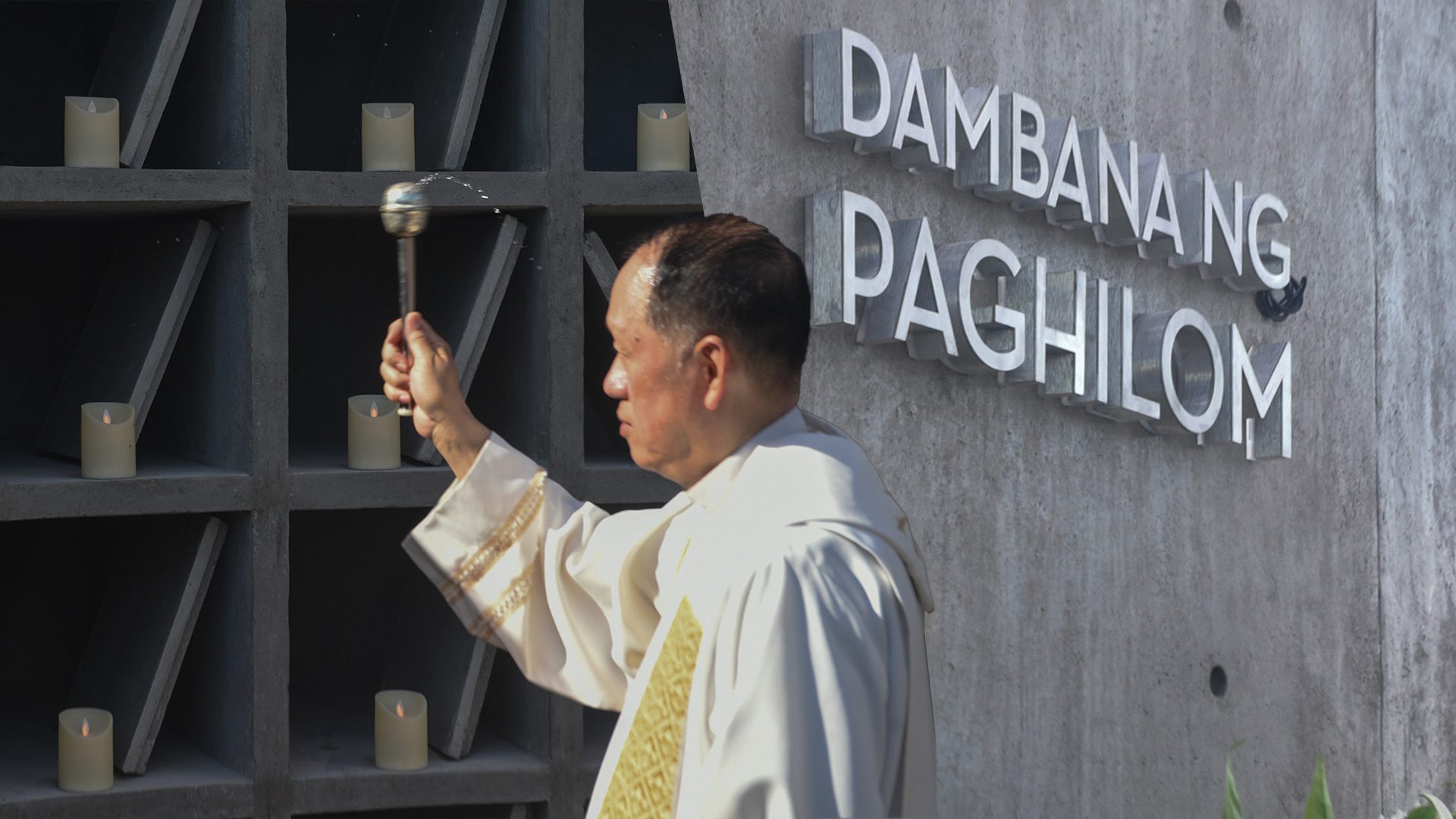
Aurora Blas was among the first widows left behind by former president Rodrigo Duterte’s bloody drug war.
On July 31, 2016, Aurora waited for her husband, Thelmo, the whole day but he never came home. A day later, at noon time, she was told her husband was brought to a police station so she looked for him.
Aurora said someone saw her husband walking with unidentified individuals, while Thelmo’s hands were cuffed, with head looking down on the ground. When Aurora reached the police station in Caloocan City to inquire about her husband, the police denied that they arrested a person named Thelmo.
For hours, Aurora said she looked for Thelmo in several other police stations in their city without success. Fueled by desperation, Aurora said she considered looking for funeral homes too, since she had a hunch that something bad had happened to her beloved husband.
Aurora was right. She found Thelmo in a funeral home in Camarin, Caloocan City.
“Natagpuan [siya] ng mga SOCO [scene of the crime operatives] sa likod ng police station sa Barugo, Bagong Silang, ayon sa punerarya [na] Jade Funeral Home sa Camarin. Siya’y natagpuang may tama ng baril sa kanang bahagi ng ulo,” Aurora said. (Thelmo was discovered by SOCO behind a police station in Barugo, Bagong Silang, according to Jade Funeral Home in Camarin. He was found with a gunshot wound near the right side of his head.)
Aurora needed P15,000 to retrieve her husband’s remains because Thelmo’s body had to undergo autopsy to determine his real cause of death. Since she struggled financially at the time, she had no money to pay for the amount the funeral home was asking her.
A person then offered her a deal: agree to put pneumonia as the cause of death in her husband’s death certificate – instead of gunshot wounds – to speed up the process. Aurora said she agreed and signed a waiver stating she cannot run after the funeral home to complain about her husband’s case.
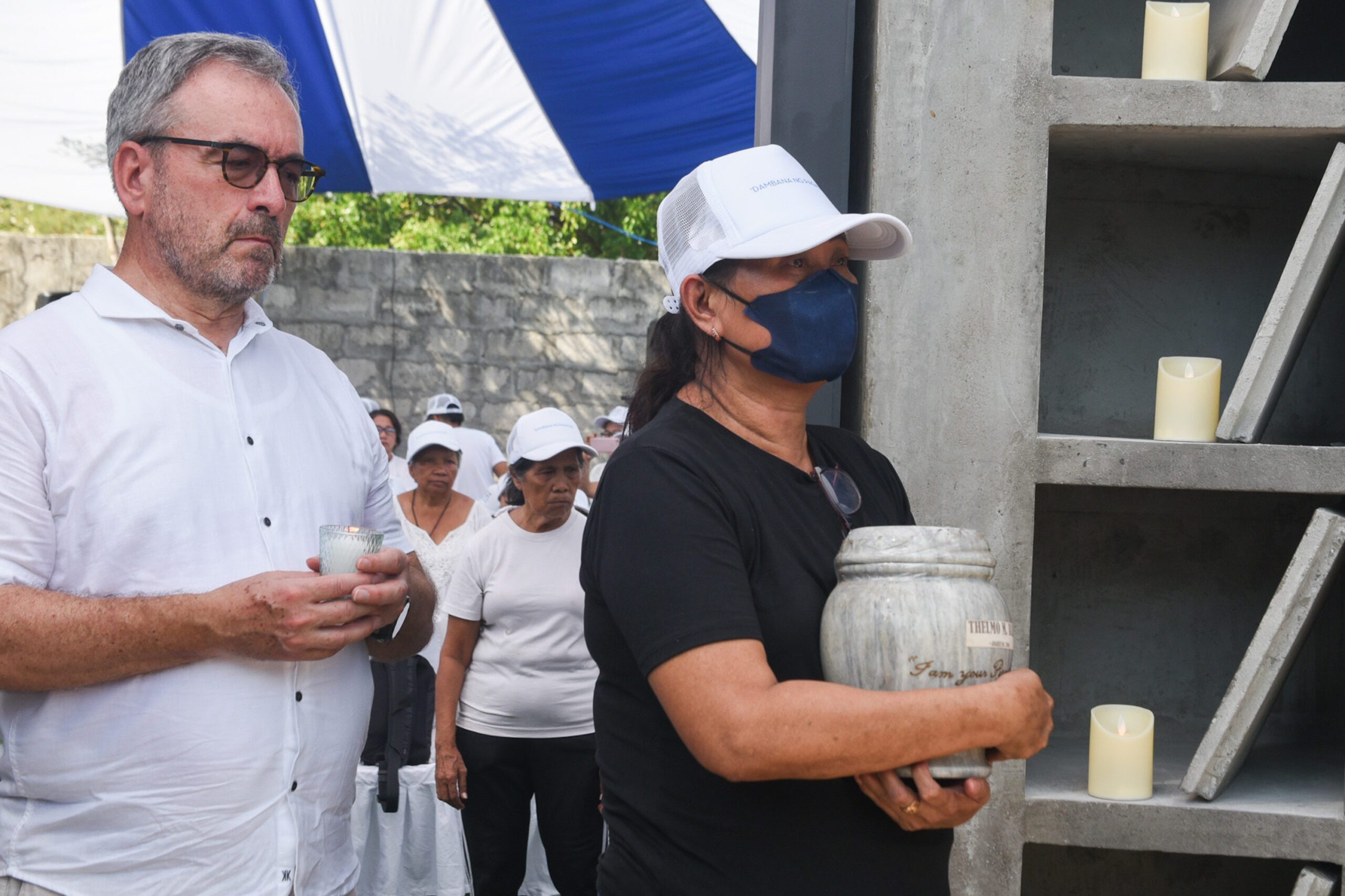
“Kahit malinaw sa aking mata at sa mata ng aking mga anak, sa gulo po ng isipan at sa kagustuhan ko na mailabas na po at maiayos na po ang bangkay niya, pikit-mata na po akong pumirma,” Aurora said. (Even it was clear in my and my children’s eyes, and because of confusion and my desire to retrieve my husband’s body and give him a decent burial, I unwillingly signed the waiver.)
Years after her husband’s tragic passing, Aurora met Fr. Flavie Villanueva, who heads Project Paghilom that helps families of drug war victims. Aurora’s husband was among the beneficiaries of Villanueva’s project, where drug war victims are exhumed to undergo post-mortem examination by forensic pathologist Dr. Raquel Fortun.
After examination, the remains are cremated and placed in urns, which are turned over to the families, like in Aurora’s case. On Tuesday, May 1, Project Paghilom inaugurated “Dambana ng Paghilom“ (shrine of healing), the final resting place of drug war victims assisted by Villanueva’s initiative. Thelmo’s urn was among the first 11 jars placed in the shrine.
“At ngayon po sa paglipat dito ng aking asawa, nawa’ y kasunod nito ang matanggap na namin ‘yong inaasam naming hustisya para sa ikakapanatag ng aming isipan. Bagama’t matagal ang aming hinihintay ay mayroon kaming pag-asa na mapagtagumpayan ito.” (Now, with my husband’s transfer to this shrine, I hope we will achieve the justice we are seeking for our peace of mind. Although it’s a long shot, we have hope we will achieve this.)
Preserving the memories
The shrine circles a small land inside the La Loma Cemetery in Caloocan City. Walls are composed of 100 vaults that house the urns of drug war victims. Each vault can hold between six to eight urns.
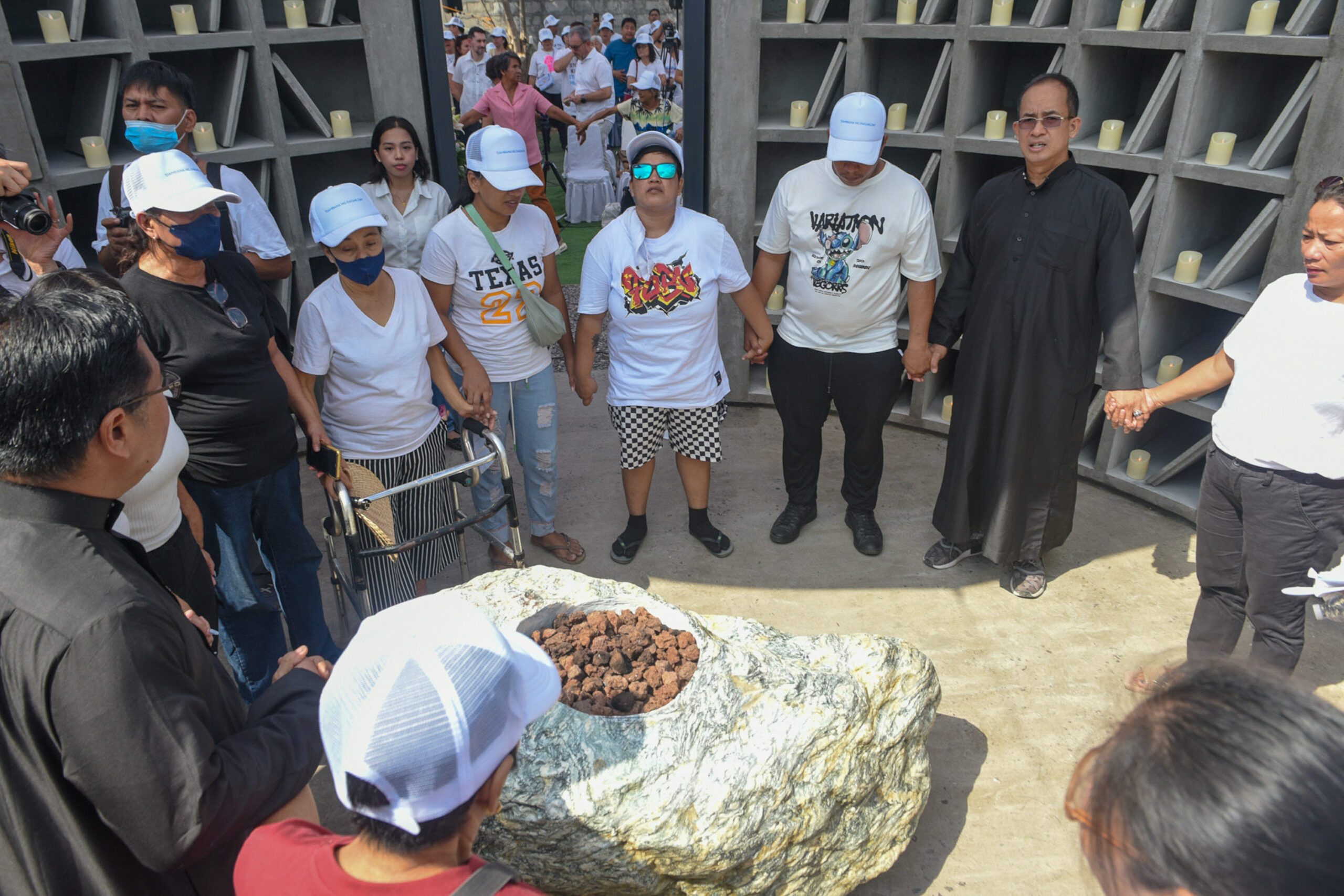
Aside from a cross, a humongous black and white stone, harvested from Gabaldon, Nueva Ecija, was put at the center and now serves as the shrine’s altar. A fire can be lit atop the stone.
The first moment when blood was shed in the drug war was what prompted Villanueva to start thinking of a place where drug war victims would be laid to rest. Most of the drug war victims come from less fortunate families so the cost of burying them and sustaining their tombs pose a heavy burden on their families.
Poor families typically go for apartment-like tombs in public cemeteries, where the lease lasts for only five years. If the family fails to renew the lease, the remains of their loved ones are transferred to a mass grave.
“I am a witness of one whose remains got lost, and when I humbly asked her (family member), why? ‘Why did you allow such a tragedy to take place?’ She simply looked at me with tears in her eyes saying, ‘What would I prioritize, Father? The dead or bread?’ And from that moment I said, no more. We will never allow one more of the remains to be thrown in the common graves,” Villanueva said.
The shrine seemed to be the missing piece in Project Paghilom’s advocacy. With the inauguration of the memorial place, the program led by Villanueva now caters to drug war victims, from the moment their bodies are exhumed up to their being laid to their final resting place.
Dambana ng Paghilom’s location is also symbolic for drug war families. La Loma Cemetery served as the resting place for victims of extrajudicial killings like Kian delos Santos, the 17-year-old teenager slain by cops in 2017. Jemboy Baltazar, another 17-year-old killed by cops in Navotas City on August 2023, was also laid to rest in the same cemetery.
The shrine is located in Caloocan City, among the hot spots of killings under Duterte. It is the home of the notorious Caloocan City police, whose cops were found guilty of killing Delos Santos. A Caloocan cop was also found guilty of torturing and killing of teenagers Carl Angelo Arnaiz and Reynaldo “Kulot” de Guzman in 2017.
Reminder of evil, hope
Beyond being a structure, the shrine can be a reminder of both evil and hope.
On the one hand, Villanueva said the shrine will remind everyone there was bloodshed in our modernized, civilized society. That evil persisted from 2016 to 2022, under Duterte who was the “epitome of evil.” Under Duterte’s drug war, several human rights group said at least 30,000 people were killed if vigilante killings were included.
On the other hand, the shrine also serves as an aide-memoire for people to believe there is hope, according to Villanueva. There is hope, the priest said, because they only dreamt of building such a place, but their aspiration came true. It also gives hope to drug war families, like Aurora, because the place provides a sense of dignity for them as they can finally put their loved ones in a solemn resting place.
“We will not keep our eyes closed. We will speak, we will denounce, and we will resist. It is a place where humble people are lifted up. It is a place where widows and orphans experience that recreating power of compassion, empathy and therefore that those trampled are empowered. It is a place where warriors are born,” Villanueva said.
“Warriors willing to journey with the poor and the wounded coming together like today and would say, I am part of Dambana ng Paghilo. I am a Dambana of Paghilom. Ako ay isang taong naniniwala na ang paghilom ay hindi lang lugar bagkus isang buhay [na] sinasangagbuhay (I am a person who believes that healing is not a place, but rather a life that should be lived),” he added.
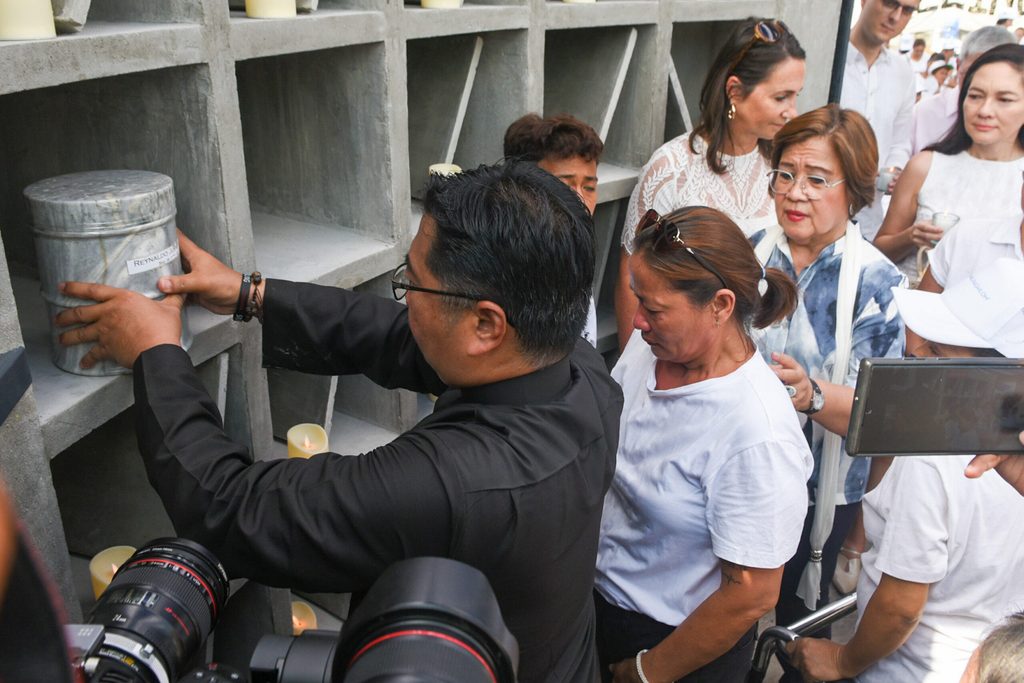
Human Rights Violations Victims’ Memorial Commission executive director Chuck Crisanto told Rappler that memorial shrines, like the Dambana ng Paghilom, is important for surviving families. Crisanto, whose office is mandated to preserve the memories of the victims of human rights violations under the Marcos regime, explained that memorials give hope to orphaned families by making them feel their loved ones are not forgotten.
“Dambana ng Paghilom, lastly, is a place of learning where students, young people who would visit could realize not only the stark, bloody history, but also it is where people took a stand that never again will we allow evil,” Villanueva said.
The bigger picture
The inauguration of the shrine sent strong messages since members of the diplomatic corps were present on Wednesday. In attendance were ambassadors to the Philippines from the European Union, Luc Veron, German Ambassador Andreas Michael Pfaffernoschke, Dutch Ambassador Marielle Geraedts, and United Kingdom Ambassador Laure Beaufils.
Their attendance sent a message that the international community is keeping an eye on the abuses committed on Philippine soil.
The shrine’s inauguration also comes at a crucial time, when drug war families await the next moves of the International Criminal Court (ICC). The ICC is probing into the drug war killings during Duterte’s time, including the crimes allegedly committed by the Davao Death Squad when Duterte was still Davao City mayor.
“With this memorial site, the Dambana ng Paghilom, apart from starting the healing of the families of the victims of the drug war, we are also igniting our hope and strengthening our solidarity in fighting for justice. Yes, there is hope as we learn of developments in the International Criminal Court’s probe into the drug war killings. Lumiliit na ang mundo ni Duterte at ng kanyang mga kasabwat at mga alagad (The world of Duterte and his accomplices is shrinking),” former senator Leila de Lima, who is also the former chairperson of the Commissioner of Human Rights, said.

“Even though the present administration is reluctant in cooperating with the ICC probe, one thing is certain: Duterte’s time to answer for his crimes against God and against humanity will come. He will be punished for his crimes against humanity and against God. And he will be punished for the flagrant abuse of human rights,” De Lima added. – Rappler.com
Add a comment
How does this make you feel?
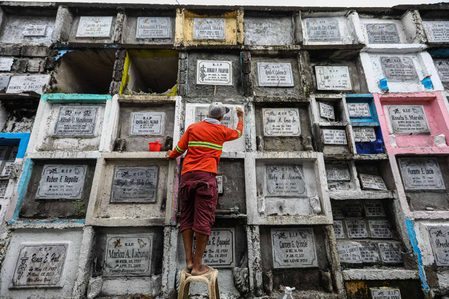

![[WATCH] ‘Dambana ng Paghilom’: A shrine to immortalize drug war victims](https://www.rappler.com/tachyon/2024/05/dambana-ng-paghilom-ejk-drug-war-may-1-2024-010-scaled.jpg?resize=257%2C257&crop=124px%2C0px%2C1707px%2C1707px)
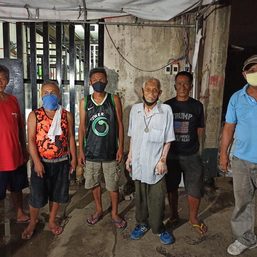
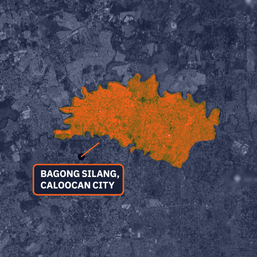

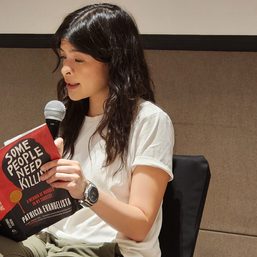
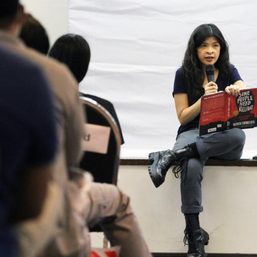
There are no comments yet. Add your comment to start the conversation.